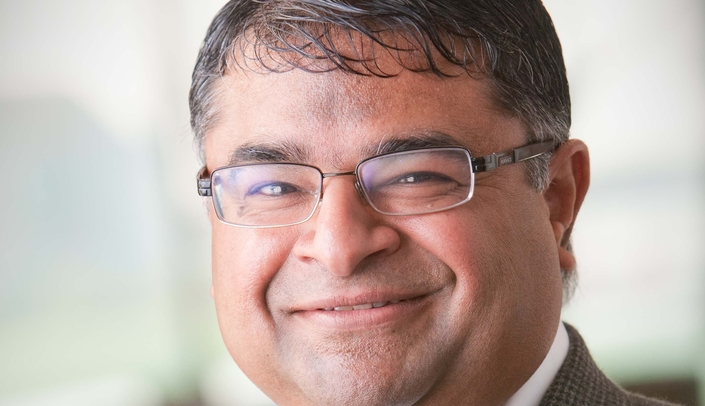The University of Nebraska Medical Center and the Omaha Healthy Kids Alliance have received a $200,000 grant from the Environmental Protection Agency to develop and implement a comprehensive environmental education program designed to reach the city’s underserved Spanish-speaking Latino community.
OHKA and UNMC will implement the Grassroots Latino Environmental Education (GLEE) project, a two-year comprehensive education program focusing on indoor environmental issues such as indoor air quality, household toxic chemical safety, and healthy housing.
Chandran Achutan, Ph.D., associate professor in the UNMC College of Public Health, is a collaborator on the grant and will assist OHKA with curriculum development and program evaluation.
“If the indoor home environment is not clean, it can cause respiratory issues like asthma, and other illnesses in children and family members,” said Dr. Achutan, who is graduate studies director of the department of environmental, agricultural, & occupational health. “The grant will train individuals and groups on environmental literacy, and they in turn will educate the Latino community on ways to improve their health with better indoor air quality.”
Kara Henner Eastman, president and CEO of OHKA, said environmental education and information about healthy housing is not as pervasive as it needs to be in the Latino community. “This project will help reach hundreds of families in our city to make indoor environments safer and healthier for our children,” she said.
By creating strong local partnerships among different organizations working with Omaha’s Latino community, GLEE will provide the necessary tools for Latinos to build greater awareness in the community and promote behavioral changes resulting in healthier environments, particularly for low-income Spanish-speaking Latino families.
As in many Midwestern cities, Omaha’s growing Latino population is transforming the local demographic and economic landscape.
According to the U.S. Census Bureau, Omaha’s Latino population totaled 13.1 percent in 2010, currently with a poverty rate of 26.9 percent. A majority of Omaha’s Latino population lives in the southeastern part of the city – an underserved area with high levels of poverty, older housing, industrial facilities and limited public transportation – and with little to no environmental education.
Through world-class research and patient care, UNMC generates breakthroughs that make life better for people throughout Nebraska and beyond. Its education programs train more health professionals than any other institution in the state. Learn more at unmc.edu and follow us on social media.
